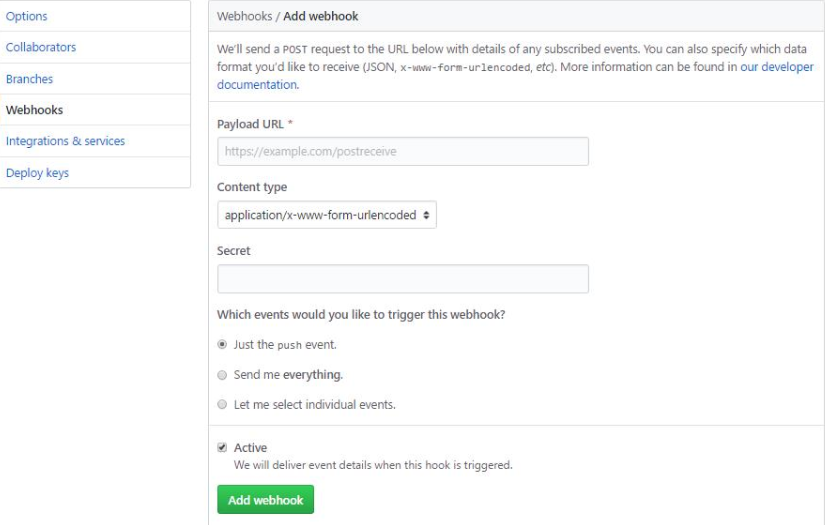如何使用svn+Spring Cloud Config来做配置中心。
svn版本
同样先示例server端的代码,基本步骤一样。
1、添加依赖
<dependencies>
<dependency>
<groupId>org.springframework.cloud</groupId>
<artifactId>spring-cloud-config-server</artifactId>
</dependency>
<dependency>
<groupId>org.tmatesoft.svnkit</groupId>
<artifactId>svnkit</artifactId>
</dependency>
</dependencies>
需要多引入svnkitr包
2、配置文件
server: port: 8001 spring: cloud: config: server: svn: uri: http://192.168.0.6/svn/repo/config-repo username: username password: password default-label: trunk profiles: active: subversion application: name: spring-cloud-config-server
和git版本稍有区别,需要显示声明subversion.
3、启动类
启动类没有变化,添加@EnableConfigServer激活对配置中心的支持
@EnableConfigServer @SpringBootApplication public class ConfigServerApplication { public static void main(String[] args) { SpringApplication.run(ConfigServerApplication.class, args); } }
4、测试
服务端测试
访问:http://localhost:8001/neo-config-dev.properties,返回:neo.hello: hello im dev,说明服务端可以正常读取到svn代码库中的配置信息。修改配置文件neo-config-dev.properties中配置信息为:neo.hello=hello im dev update,再次在浏览器访问http://localhost:8001/neo-config-dev.properties,返回:neo.hello: hello im dev update。说明server端会自动读取最新提交的内容
客户端测试
客户端直接使用上一篇示例项目spring-cloud-config-client来测试,配置基本不用变动。启动项目后访问:http://localhost:8002/hello,返回:hello im dev update``说明已经正确的从server端获取到了参数。同样修改svn配置并提交,再次访问http://localhost:8002/hello依然获取的是旧的信息,和git版本的问题一样。
refresh
现在来解决上一篇的遗留问题,这个问题在svn版本中依然存在。Spring Cloud Config分服务端和客户端,服务端负责将git(svn)中存储的配置文件发布成REST接口,客户端可以从服务端REST接口获取配置。但客户端并不能主动感知到配置的变化,从而主动去获取新的配置。客户端如何去主动获取新的配置信息呢,springcloud已经给我们提供了解决方案,每个客户端通过POST方法触发各自的/refresh。
修改spring-cloud-config-client项目已到达可以refresh的功能。
1、添加依赖
<dependency> <groupId>org.springframework.boot</groupId> <artifactId>spring-boot-starter-actuator</artifactId> </dependency>
增加了spring-boot-starter-actuator包,spring-boot-starter-actuator是一套监控的功能,可以监控程序在运行时状态,其中就包括/refresh的功能。
2、 开启更新机制
需要给加载变量的类上面加载@RefreshScope,在客户端执行/refresh的时候就会更新此类下面的变量值。
@RestController @RefreshScope // 使用该注解的类,会在接到SpringCloud配置中心配置刷新的时候,自动将新的配置更新到该类对应的字段中。 class HelloController { @Value("${neo.hello}") private String hello; @RequestMapping("/hello") public String from() { return this.hello; } }
3、测试
springboot 1.5.X 以上默认开通了安全认证,所以需要在配置文件application.properties添加以下配置
management.security.enabled=falseOK 这样就改造完了,以post请求的方式来访问http://localhost:8002/refresh 就会更新修改后的配置文件。
我们再次来测试,首先访问http://localhost:8002/hello,返回:hello im dev,我将库中的值修改为hello im dev update。在win上面打开cmd执行curl -X POST http://localhost:8002/refresh,返回["neo.hello"]说明已经更新了neo.hello的值。我们再次访问http://localhost:8002/hello,返回:hello im dev update,客户端已经得到了最新的值。
每次手动刷新客户端也很麻烦,有没有什么办法只要提交代码就自动调用客户端来更新呢,github的webhook是一个好的办法。
4、webhook
WebHook是当某个事件发生时,通过发送http post请求的方式来通知信息接收方。Webhook来监测你在Github.com上的各种事件,最常见的莫过于push事件。如果你设置了一个监测push事件的Webhook,那么每当你的这个项目有了任何提交,这个Webhook都会被触发,这时Github就会发送一个HTTP POST请求到你配置好的地址。
如此一来,你就可以通过这种方式去自动完成一些重复性工作,比如,你可以用Webhook来自动触发一些持续集成(CI)工具的运作,比如Travis CI;又或者是通过 Webhook 去部署你的线上服务器。下图就是github上面的webhook配置。

Payload URL:触发后回调的URLContent type:数据格式,两种一般使用jsonSecret:用作给POST的body加密的字符串。采用HMAC算法events:触发的事件列表。

svn也有类似的hook机制,每次提交后会触发post-commit脚本,我们可以在这里写一些post请求
这样我们就可以利用hook的机制去触发客户端的更新,但是当客户端越来越多的时候hook支持的已经不够优雅,另外每次增加客户端都需要改动hook也是不现实的。其实Spring Cloud给了我们更好解决方案,后面文章来介绍。